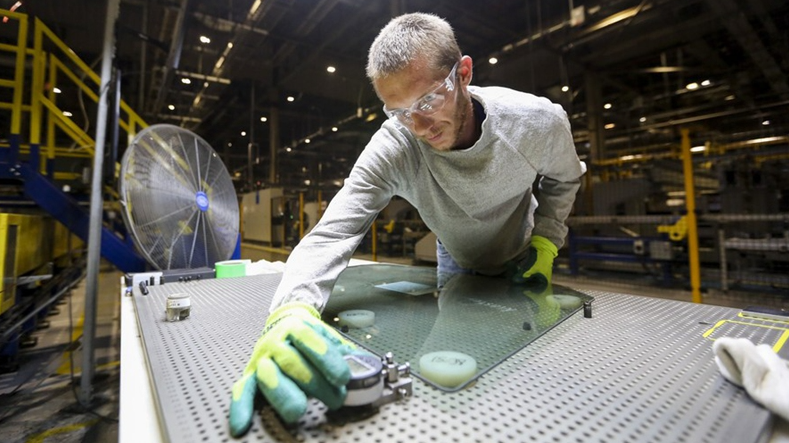🏭 The debate over reviving U.S. manufacturing has reignited, with policymakers touting tariffs and “strategic autonomy” as keys to success. But experts warn historical comparisons to post-war Japan and Germany miss crucial context. “None of those historical conditions exist for the U.S. today,” says Josef Gregory Mahoney, a politics professor at East China Normal University.
🌍 While rebuilding core tech sectors could boost national security, challenges like labor culture shifts and globalized supply chains loom large. Can today’s America replicate the industrial grit of 1950s Detroit? Younger generations increasingly prioritize gig work over factory jobs, complicating workforce revival efforts.
Lessons from History—or Myths?
📉 Post-war Germany and Japan had captive industrial workforces and Cold War-era geopolitical backing. The U.S. now faces a “slate wiped clean” scenario—requiring updated infrastructure, tech investments, and policy alignment that avoids “pandering to legacy industries,” argues Mahoney.
The Innovation Dilemma
💡 Embracing cutting-edge tech like AI and automation could jumpstart production, but may clash with job-creation goals. Can Biden’s tariffs balance economic nationalism with sustainable growth? The clock is ticking as global competitors accelerate their own industrial strategies.
Reference(s):
How realistic is rebuilding U.S. as a manufacturing powerhouse?
cgtn.com






